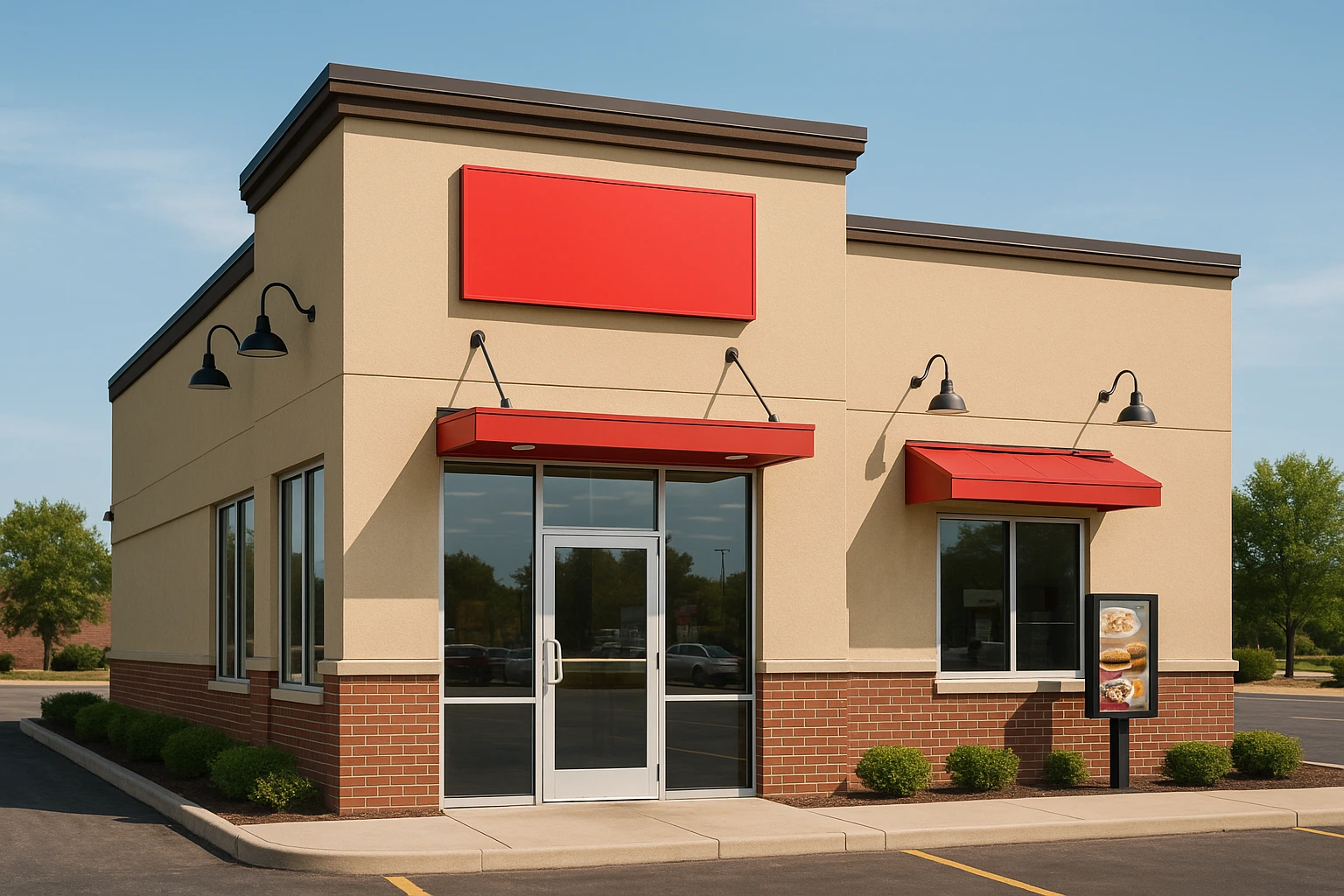What about buying a business that has a proven business model, name recognition, and an established support system? That’s what reselling a franchise business is all about, and hence, it’s among the most widely entered business fields worldwide.
Whether you choose to become a franchisee or investor for portfolio purposes, understanding what franchising is and how it is done will undoubtedly work in your favor. This article will explain why franchising matters, how you go about getting involved, the common errors you should avoid, and the future trends.
Why Business Franchising Matters
Franchising is not just a business; it’s a medium to channel for growth and economic development. With 750,000 franchise establishments in the U.S. alone (according to the International Franchise Association), the franchise business rakes in over $670 billion annually. What makes it so appealing? Franchisees are allowed to own and operate businesses under a well-known brand while garnering support from an experienced franchisor.
Franchising expands business ownership opportunities by mitigating the risk factors of startups. The franchise provides an already tested system, training, and brand name.
Benefits of Owning a Franchise
- A Proven Business Model: Franchises provide a proven path to success for the franchisee, helping him skip the costly trial-and-error phase.
- Brand Recognition: Existing franchises offer name recognition and customer trust, such as McDonald’s, Subway, or 7-Eleven.
- Training and Support: The franchisor agrees to take care of onboarding training, ongoing marketing support, and operational guidance.
- Scalability: Due to predictable systems and economies of scale, franchisees proceed to multi-unit ownership.
- Funding Easier to Acquire: Lenders are more likely to lend money to a franchise because they present a less risky profile.
How to Start a Franchise: Step-by-Step Guide
1. Research the Right Industry
Choose an industry that excites you or in which you have experience-food, fitness, education, home services, or retail.
2. Evaluate Franchise Opportunities
Visit franchise platforms such as Franchise Direct or Franchise Gator. Compare investment levels, royalties, and franchise fees.
3. Assess Financial Requirements
Determine total investment, which may include:
- Franchise fee
- Startup costs (equipment, lease, inventory)
- Working capital
- Ongoing royalties and marketing contributions
4. Review the FDD (Franchise Disclosure Document)
The document discloses the franchisor’s financials, obligations, and litigation history. Consult a franchise attorney if there is any doubt.
5. Talk With Existing Franchisees
These inquiries relate to operational insights into day-to-day activities, profitability, and the quality of support.
6. Get Your Funds
Maybe SBA loans, bank loans, or franchisor financing programs.
7. Sign the Agreement and Open Your Doors
Enthusiastically sign the franchise agreement. It is your time for training and to open your doors.”
Real-World Example: From Employee to Franchise Owner
Maria’s Journey to Massage Envy Ownership: Case Study
Maria, a licensed massage therapist in Florida, always dreamed of owning a wellness center. Instead of building from scratch, she bought into a Massage Envy franchise. The branding is very strong; the booking system works very well; and the model revolves around memberships. So she was profitable before her first year was over and went on to open two other locations within three years.
Her advice? “Follow the system and take advantage of the support they offer. You are not alone in this journey.”
The Common Mistakes to Avoid
- Skipping Due Diligence: Not going through the FDD and not speaking to current franchisees in enough depth creates major surprises.
- Underestimating Costs: These new owners seldom take working capital requirements into account and usually find themselves struggling.
- Ignoring Territory Rights: Without a clearly defined territory, overlapping sales areas could spell disaster for profits.
- Picking the Wrong Fit: Not all franchises will fit all personalities; lifestyle must be in alignment.
Here is the Future of Franchising
- Technology-Enabled Franchise: Brands will use CRM platforms, mobile apps, and AI to attain better customer engagement.
- Eco-Conscious Brands: Franchises like Green Home Solutions and Lawn Doctor are catering to a sustainability-minded clientele.
- Micro-Franchising: Very low cost makes this model popular in emerging markets.
- Franchise-as-a-Service (FaaS): Turnkey models that operate daily activities for absentee owners continue to gain in popularity.
Final Thoughts: Is Franchising Right for You?
Business franchising is no shortcut but a structured way to ownership. With the lowered risk and built-in support, success depends on commitment, research, and operational excellence.
Are you ready to start your journey with franchising? First, download a Franchise Evaluation Checklist or subscribe to our Newsletter for expert insights and franchise rankings.
Ownership could be closer than you think-if you choose to follow the system, stay well-informed, and take your step.




